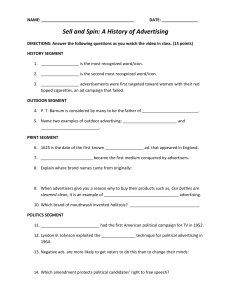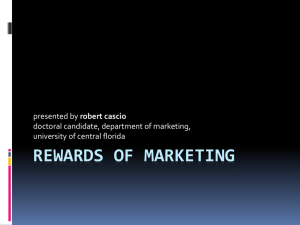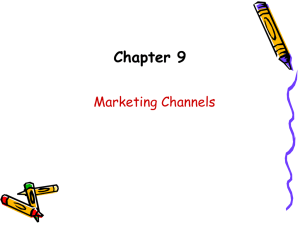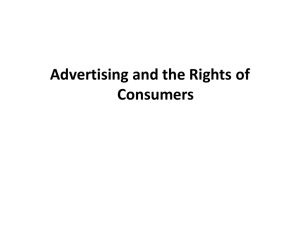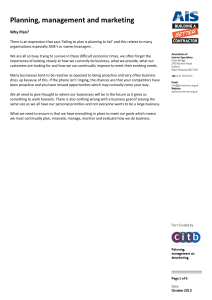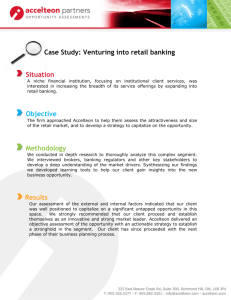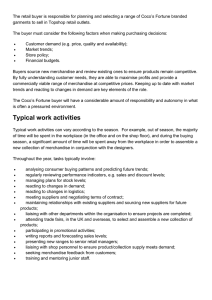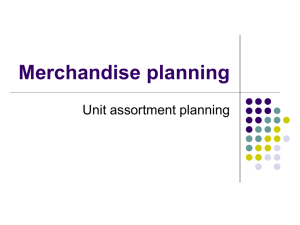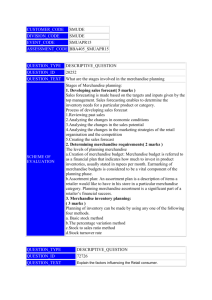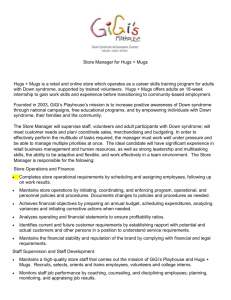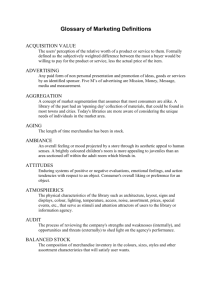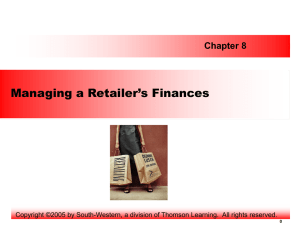Marketing_Finial_Review
advertisement
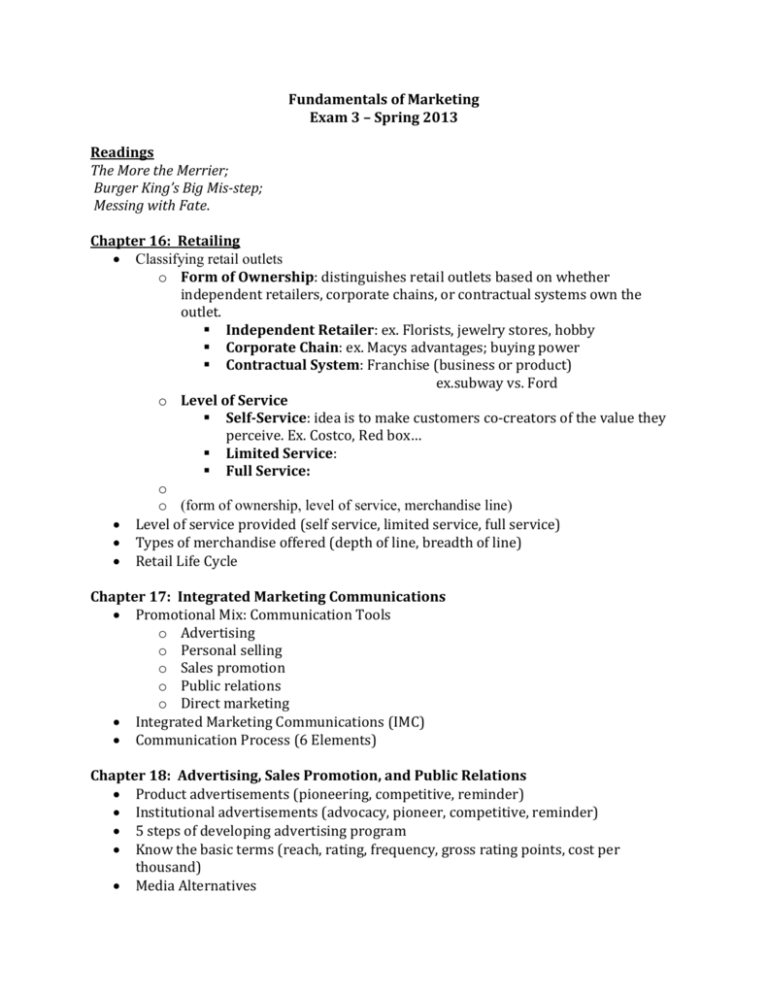
Fundamentals of Marketing Exam 3 – Spring 2013 Readings The More the Merrier; Burger King’s Big Mis-step; Messing with Fate. Chapter 16: Retailing Classifying retail outlets o Form of Ownership: distinguishes retail outlets based on whether independent retailers, corporate chains, or contractual systems own the outlet. Independent Retailer: ex. Florists, jewelry stores, hobby Corporate Chain: ex. Macys advantages; buying power Contractual System: Franchise (business or product) ex.subway vs. Ford o Level of Service Self-Service: idea is to make customers co-creators of the value they perceive. Ex. Costco, Red box… Limited Service: Full Service: o o (form of ownership, level of service, merchandise line) Level of service provided (self service, limited service, full service) Types of merchandise offered (depth of line, breadth of line) Retail Life Cycle Chapter 17: Integrated Marketing Communications Promotional Mix: Communication Tools o Advertising o Personal selling o Sales promotion o Public relations o Direct marketing Integrated Marketing Communications (IMC) Communication Process (6 Elements) Chapter 18: Advertising, Sales Promotion, and Public Relations Product advertisements (pioneering, competitive, reminder) Institutional advertisements (advocacy, pioneer, competitive, reminder) 5 steps of developing advertising program Know the basic terms (reach, rating, frequency, gross rating points, cost per thousand) Media Alternatives Scheduling the advertising (continuous, flighting, pulse) Chapter 21: Interactive and Multichannel Marketing Internet Marketing Cross-Channel Shopper 5 Cs about why consumers by online: convenience, cost, control… Marketplace vs. marketspace Cumulative Component: Chapter 1: Four Ps (Product, Place, Promotion, Price) Need vs. Want Chapter 2: SWOT analysis Business Portfolio analysis Chapter 9: Market Segment o Understand what market segmentation is, when it is used, recognize factors used to segment and target consumer markets o Be able to explain how marketers position their products in the marketplace o Make sure to be aware of the ways to segment consumer markets Customer characteristics Geographic Demographic Psychographic o Buying situations Benefits sought patronage Chapter 11: Product lifecycle (what happens at each stage). Brand equity Chapter 13: Final Price = list Price – (incentives + allowances) + extra fees Fixed vs variable costs Marginal analysis Breakeven point (equation) Elastic vs. inelastic vs. unitary demand Chapter 15: Direct vs. Indirect channel Channel choice (costs vs. benefits to direct vs. indirect channels) Dual distribution vs. strategic alliance vs. direct distribution Chapter 16: franchise (i.e. contractual system) vs. corporate owned (what are the costs and benefits) levels of service provided types of merchandise offered
